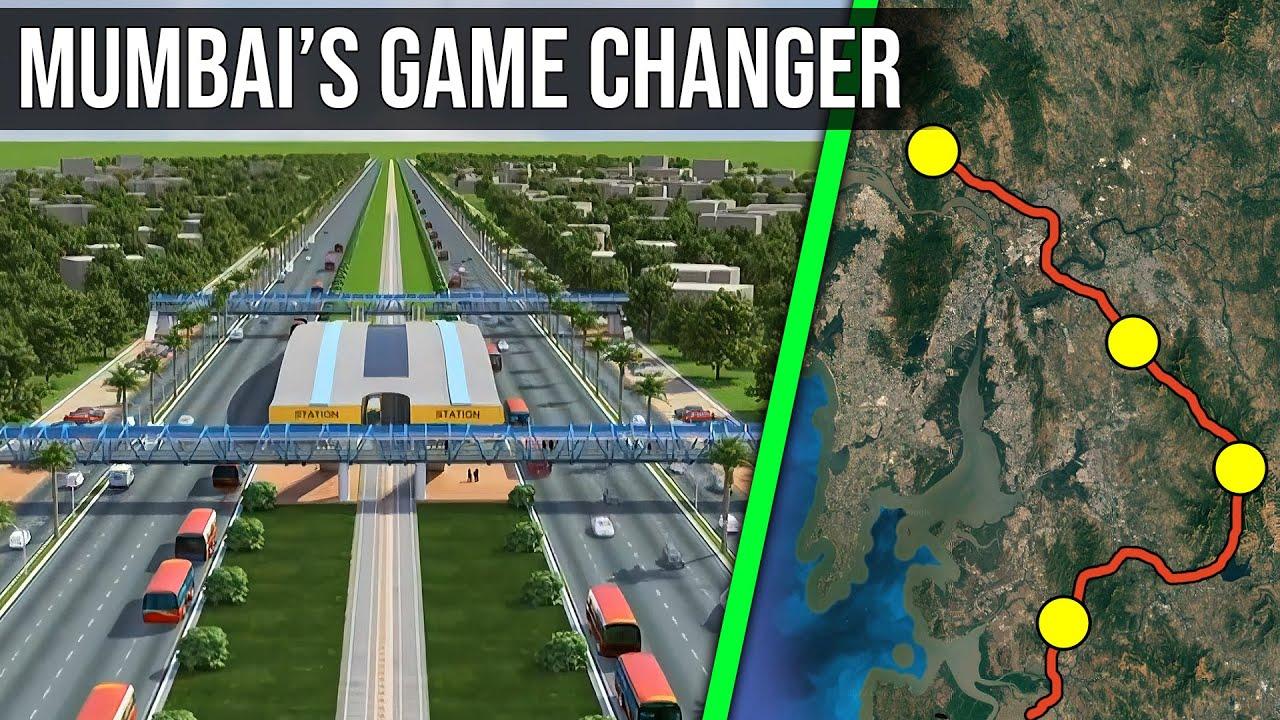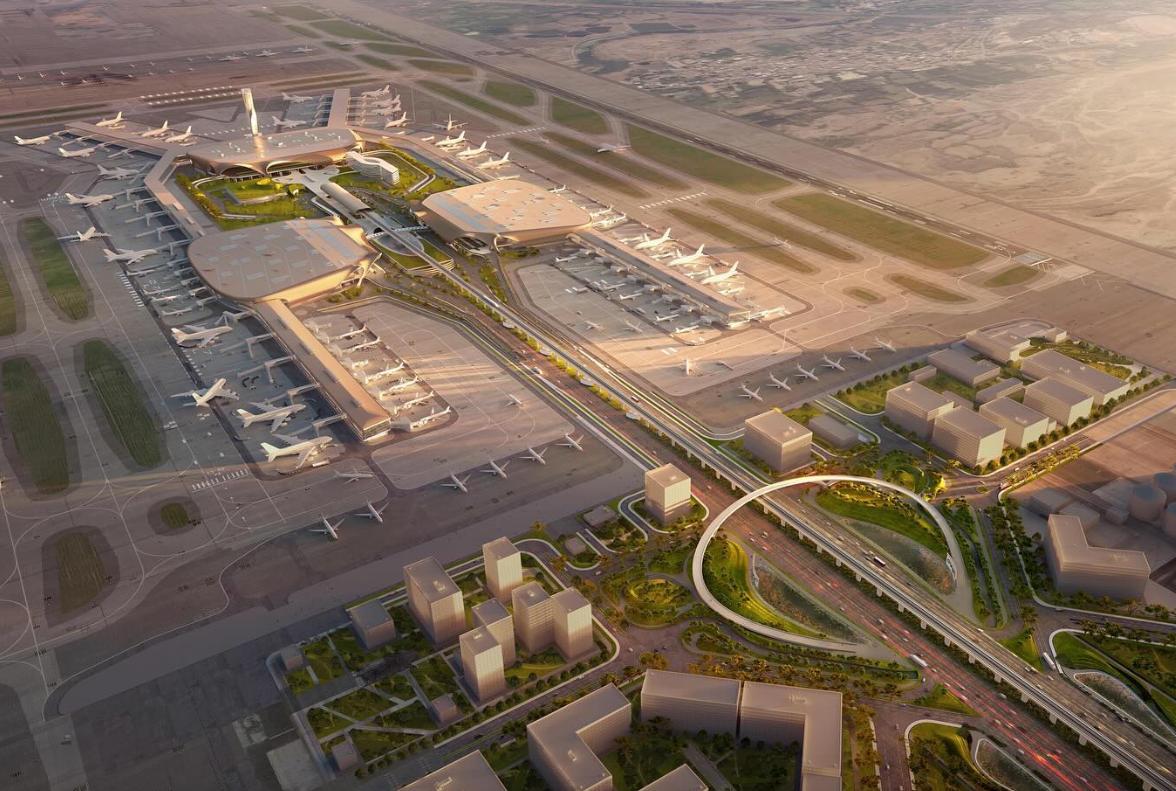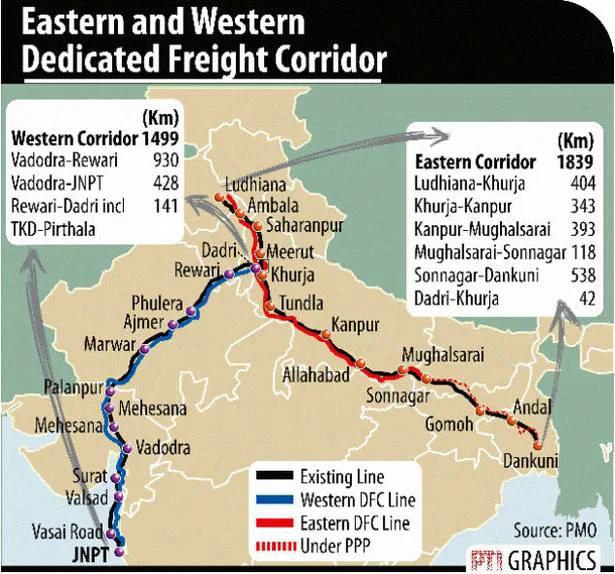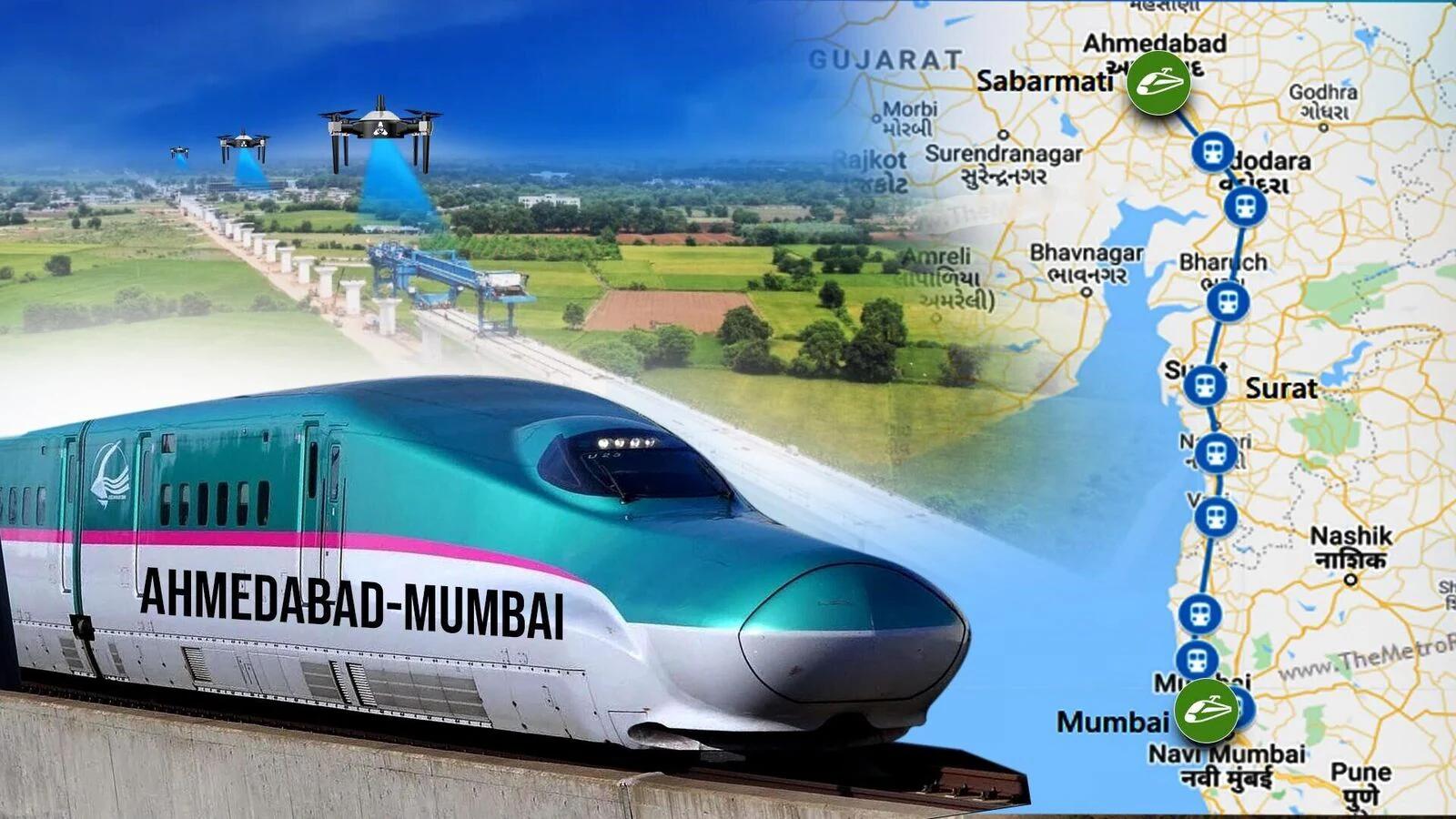



Table of Contents
- Introduction
- Project Highlights
- Route and Phase Distribution
- Financing and Implementation Model
- Current Status
- Transformative Impact
- Synergies with Other Projects
- Conclusion
- Faq's
Introduction
The Virar-Alibaug Multimodal Corridor (VAMC) is a landmark infrastructure project currently underway in the Mumbai Metropolitan Region (MMR). Stretching approximately 126 km, this 8 to 14 lane access-controlled expressway will connect Navghar near Virar in Thane district to Balavali and onward to Alibaug in Raigad, significantly reducing travel time and unlocking regional development opportunities.
Project Highlights

Virar to Alibaug Multimodal Corridor, YT
- Length: 126 km total (Phase 1: 96.41 km; Phase 2: 29.9 km)
- Lanes: 8 to 14 lanes, design speed of 120 km/h, 3.75 m wide lanes
- Cost Estimate: ₹55,000 to ₹66,000 crore including ₹22,300 crore for land acquisition
- Execution: Transitioning from EPC model to BOT under MSRDC
- Timeline: Proposed for completion by 2030
Route and Phase Distribution

Multimodal Corridor Virar to Alibaug, MMRDA
The corridor integrates multiple National Highways including NH8, NH3, NH4, NH4B, NH17, Bhiwandi Bypass, and the Mumbai-Pune Expressway. It will provide seamless connectivity across three districts: Thane, Palghar, and Raigad, enabling smooth north-south access across MMR.
Phase 1: Navghar to Balavali
- Length: Approximately 96.41 km
- Land acquisition: Around 1,347 hectares estimated to cost ₹22,000 crore
- Tendering: Initially divided into 11 civil packages; the EPC tendering was scrapped due to high bids and reissued under the BOT model
Phase 2: Balavali to Alibaug
- Length: Approximately 29.9 km
- Scope: Designed to integrate seamlessly with the main corridor and regional infrastructure projects
Also Read: Third Mumbai (Mumbai 3.0): The Next Big Leap in Development
Financing and Implementation Model
- The Virar-Alibaug Multimodal Corridor was initially conceived under the Engineering, Procurement, and Construction (EPC) model, where the government would finance and own the project while contractors would only be responsible for construction. However, during the bidding process, the quotations received were significantly higher, almost 30 to 40 percent above the estimated project cost. This mismatch in financial expectations made the EPC model economically unfeasible, prompting the Maharashtra State Road Development Corporation (MSRDC) to reconsider its approach. As a result, the decision was made to cancel the previous EPC bids worth INR 26,000+ crore and reissue tenders under a more viable framework.

Multimodal Corridor Virar to Alibaug, LinkedIn
- The project is now being repositioned under the Build-Operate-Transfer (BOT) model, which invites private developers to not only construct the corridor but also finance it and operate it for a concession period before transferring it back to the government. Under this model, the selected private players will recover their investment through toll collection and other revenue-generating mechanisms during the operational phase. This structure reduces the upfront financial burden on the government while allowing for faster execution, better risk-sharing, and potentially more efficient project delivery by leveraging private sector capabilities.
- To support the financial structure of this massive infrastructure initiative, MSRDC is also seeking support from both domestic and international financial institutions. Global agencies such as the Asian Development Bank (ADB) and the Japan International Cooperation Agency (JICA) are expected to play a key role in providing long-term, low-interest funding or technical assistance. This blend of public-private partnership and multilateral support aims to ensure the corridor is not only completed on time but also adheres to international standards in quality,
sustainability, and operational efficiency.
Current Status
|
Component |
Status |
|
Land Acquisition |
Ongoing with ₹22,000 crore allocated for 1,347 hectares |
|
Environmental Clearances |
Obtained for initial stretches; 5,000 trees to be removed |
|
Tender Process |
EPC tenders scrapped, new BOT-based bids invited |
|
Financial Restructuring |
BOT proposal submitted to state government |
|
Estimated Completion |
2030 (no change to current delivery target) |
Also Read: Ganga Expressway: Key Features, Route Map, Cost and Completion Timeline
Transformative Impact
Travel and Logistics
The corridor is expected to cut travel time between Virar and Alibaug to just 90 minutes, down from nearly three hours currently. It will also serve as a bypass for heavy vehicles moving through Mumbai, significantly reducing congestion on major highways and arterial roads.
Regional Growth and Infrastructure Linkages
The project is central to the MMRDA's 25-year regional development plan. It is expected to catalyze the growth of multiple nodes such as Panvel, Uran, Kalyan, Taloja, and Poynad. These areas will benefit from enhanced connectivity to the Mumbai Trans Harbour Link (MTHL), Navi Mumbai International Airport (NMIA), and Dedicated Freight Corridor (DFC).
Real Estate Boom
Several regions along the corridor are poised to become real estate hotspots. Virar, Vasai, Kalyan-Shil Road, Panvel, Taloja, Uran, and Pen are witnessing increased developer interest and land acquisition. With better connectivity and infrastructure, these micro-markets are expected to see significant appreciation in property prices over the next five to ten years.
Synergies with Other Projects
The Virar-Alibaug Multimodal Corridor is aligned with several mega infrastructure projects to maximize regional integration:
Navi Mumbai International Airport (NMIA)

NMIA, Architectural Digest
The Virar-Alibaug Multimodal Corridor will provide crucial arterial connectivity to the upcoming Navi Mumbai International Airport, facilitating easy access from northern MMR regions like Virar, Vasai, Bhiwandi, and Thane. This direct link is expected to decongest existing routes to NMIA, reduce travel time for passengers and cargo operators, and support the airport's role as a key aviation hub for the Mumbai Metropolitan Region. The corridor's integration with key feeder roads and expressways will ensure seamless movement of goods and travelers between NMIA and the wider region, enhancing its catchment area significantly.
Mumbai Trans Harbour Link (MTHL)

MTHL, NDTV
The MTHL, a 21.8 km sea bridge connecting Sewri in Mumbai to Nhava Sheva in Navi Mumbai, is strategically aligned with the Virar-Alibaug Corridor's southern end. This integration will allow for uninterrupted east-west and southbound connectivity, linking Mumbai's island city with emerging nodes like Ulwe, Panvel, and Alibaug. The combined infrastructure will greatly improve freight and passenger flow across MMR, reduce congestion on internal roads, and open up new economic corridors for development between South Mumbai and the Konkan coastline.
Dedicated Freight Corridor (DFC)

Dedicated Freight Corridor, PMF IAS
The corridor's connectivity with the Western Dedicated Freight Corridor will significantly enhance freight logistics across the Mumbai region. With dedicated interchanges and logistics hubs planned along the VAMC, the synergy with DFC will ensure efficient movement of industrial goods to and from ports like JNPT and industrial belts in Palghar, Vasai, Bhiwandi, and Raigad. This multimodal interface will also reduce dependency on overloaded city roads, cut transport costs, and improve delivery timelines for industries in Maharashtra's economic zones.
Mumbai-Ahmedabad Bullet Train

Mumbai-Ahmedabad Bullet, Mint
The integration of the Mumbai-Ahmedabad High-Speed Rail Corridor (bullet train) with the VAMC will elevate regional mobility for commuters, especially between North Mumbai and Gujarat. By linking with stations such as Thane and Virar, the corridor will act as a last-mile enabler for high-speed train passengers. This synergy will not only benefit daily commuters but also attract residential and commercial development around future bullet train nodes. It adds a futuristic dimension to MMR's transport ecosystem, encouraging greater adoption of high-speed rail through enhanced accessibility.
Also Read: Greenfield Highway: ₹4,500 Crore Project to Link JNPA, Chowk & Key Trade Routes in Maharashtra
Conclusion
The Virar-Alibaug Multimodal Corridor is more than just a road project. It is a strategic infrastructure initiative that promises to reshape the economic and spatial fabric of the Mumbai Metropolitan Region. With enhanced connectivity, support for urban expansion, and a well-planned financial model, the project is set to transform northern and coastal MMR into a high-growth, sustainable, and livable urban region. Once complete, it will serve as a backbone for transit, trade, and development across key urban and semi-urban zones.
explore further
Latest from Editorials
More from Publications
Resources
Dwello, for every home buyer, is a way to go from 'I feel' to 'I know', at no extra cost.



